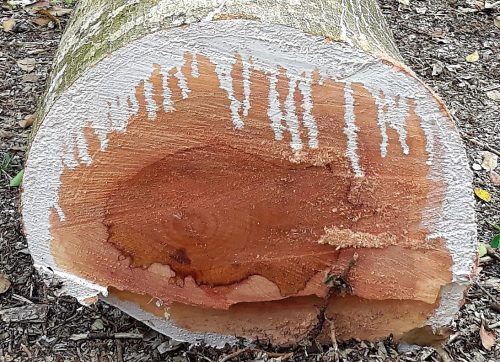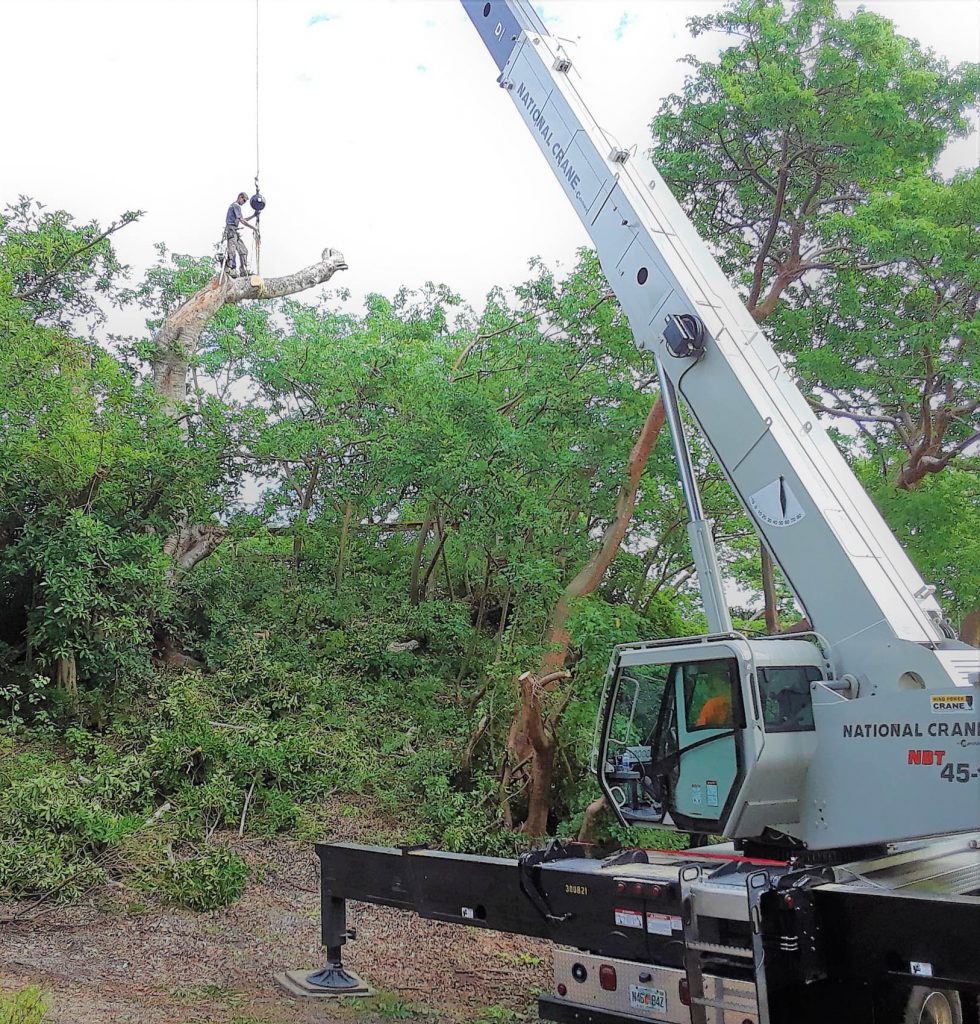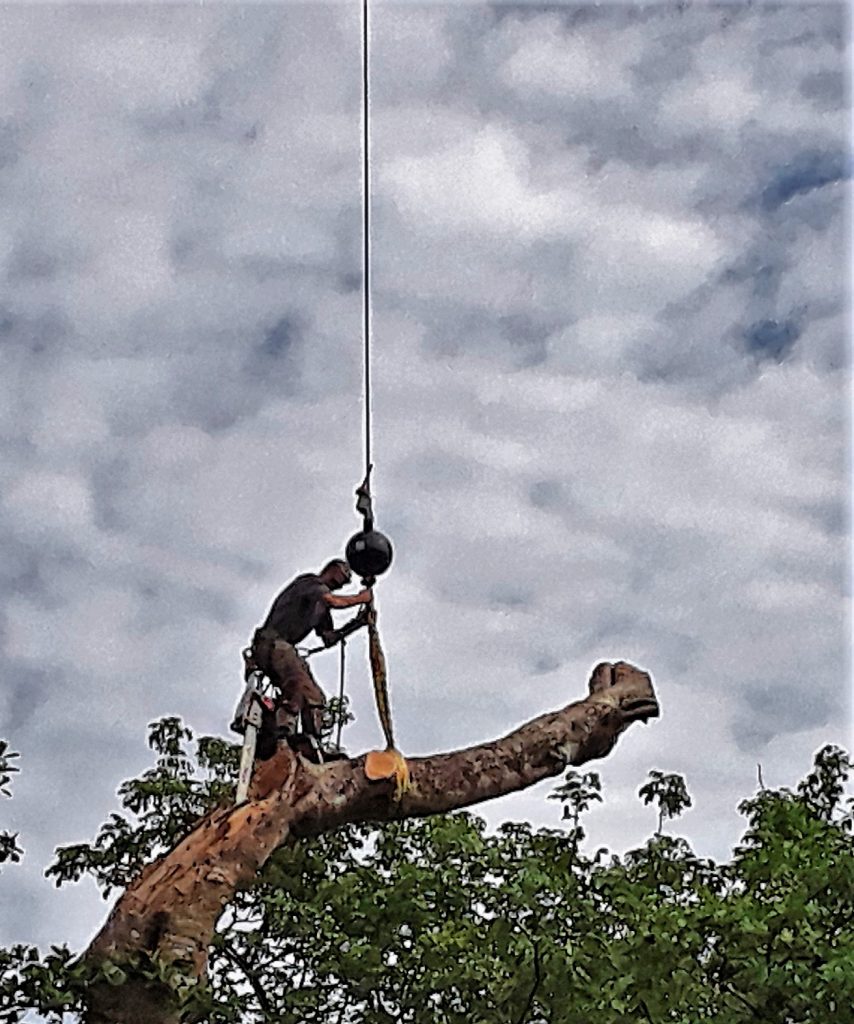The Atlas of Florida Plants lists 11 members of the genus Ficus as vouchered in Florida and notes that only one, the Ficus aurea, is native. It is known as the Strangler Fig because it often begins its growth as an epiphyte from a seed lodged into a crevice of the host tree, although it can grow from buried seeds.
As the seedling grows, it makes its way down the host tree’s trunk until it reaches the ground, where it roots itself in the soil and then grows back up around the host tree, appearing to “strangle” it, hence the name. These beautiful broadleafed trees can reach 70 feet tall and the canopies 65 feet wide.
Because not all bear fruit at the same time, and because they are widespread in tropical and subtropical environments, Ficus aurea trees are an important source of food for wildlife, including migrating songbirds. The edible fruit is no bigger than the diameter of a pencil and the flowers cannot be seen by the naked eye. A tiny wasp of the Agaonidae family is responsible for pollination. Female wasps spread the pollen after wiggling their way inside the fruit.

Martha Kendall writes in The Plant World of the Calusa: A View from Pineland that some of the known uses of wild fig by Miccosukee and Creek people were production of arrows from stems and bowstrings and lashings from roots. Chewing gum and medicinal compounds were made from the latex sap. Additionally, Kendall notes that researchers at the Smithsonian Institution determined that latex from native fig was used in creating a drawing of a person on the inside of a sunray venus shell excavated in 1896 by Frank Hamilton Cushing at Key Marco in Collier County.
This article was taken from the Friends of the Randell Research Center Newsletter Vol 16 No. 4. December 2017.

